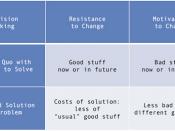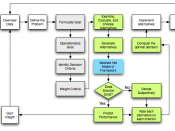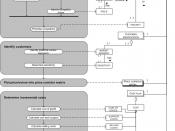Introduction
Individuals, groups or teams make decisions every day. Sometimes these decisions are as easy as choosing a meal on the menu or a movie to watch. These decisions have little or no impact on our life. However, there are decisions that bear greater consequences and therefore we may be more hesitant to decide, feeling frightened that if deciding incorrectly we may be less fulfilled or unhappy. Examples of these decisions may include choosing a financial management database for your company or even choosing the right product in an ever competitive market.
Decision-Making Models
Fortunately there are decision making models that can help in achieving a rational decision or judgment. According to Lahti (1996) there are four groups of decision-making models, such as rational, political, process and garbage can models. Though all of these models have their advantages and disadvantages we will mainly focus on the rational and process model, and show how these models are applied at my organization.
The Rational Model
This model is based on economic aspects of decision making. It is laid on the bases of rationality, optimality, and uniformity and it assumes that decisions are a result of a conscious thinking process. This model assumes that full evidence or information in respect to the decision is offered, and that decision has been projected upon clear analysis of the problem. This model further assumes that there is an accurate definition of the problem and that no biases or influences are imposed from social-psychological factors such as power, fear, credibility or turnover (Lyles & Thomas, 1988). Furthermore, according to Lahti (1996) "Decisions are made deductively by determining the goals and objectives to be obtained, evaluating the potential alternatives based on the information at hand and choosing the optimal alternative" (p. 1).
The Process Model
The process model...


